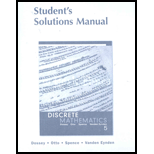
The maximal flow and a minimal cut for given network by starting with the flow that is
Answer to Problem 1SE
The maximal flow and minimal cut for the given network is
Explanation of Solution
Given:
The network is shown in Figure 1.
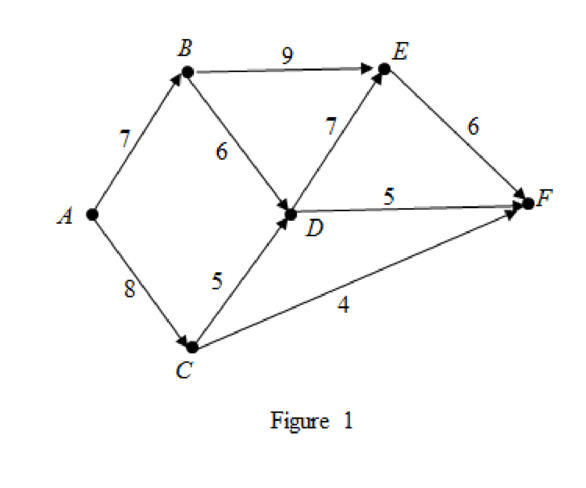
Concept used:
Flow Augmentation Algorithm
For a transportation network in which arc
Step
Label the source with the triple
Step
Step
Among all the vertices that have been labeled, but not scanned. Let
Step
For each unlabeled vertex
(a) If
(b) If
(c) If neither (a) and (b) holds, do not label W.
Step
Regard vertex
Until either the sink is labeled or every labeled vertex has been scanned.
Step
If the sink is unlabeled the present flow is a maximal flow.
Otherwise
Step
Let
Step
(a) If the label on
(b) If the label on
(c) Let
Until
Calculation:
The given network is shown in Figure
Label the given network as shown in Figure
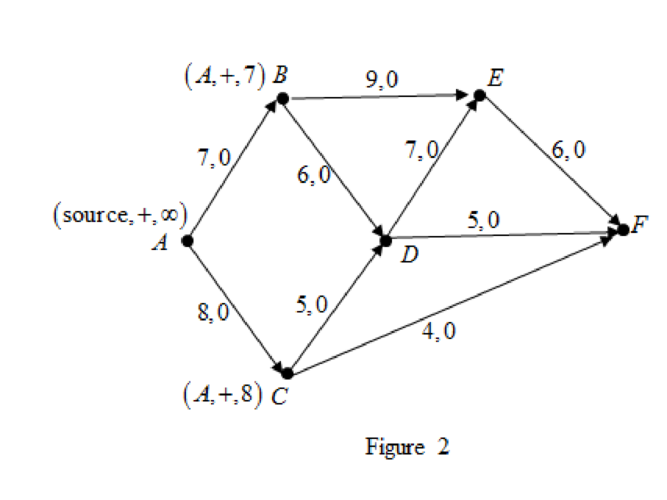
Consider the path

Increase the flow by
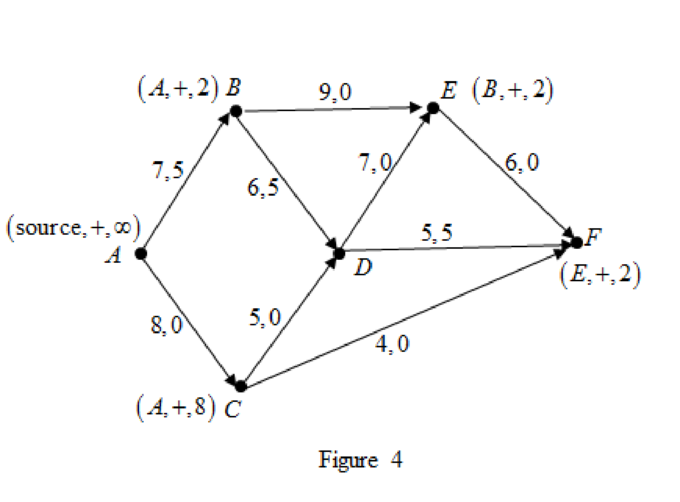
Increase the flow by
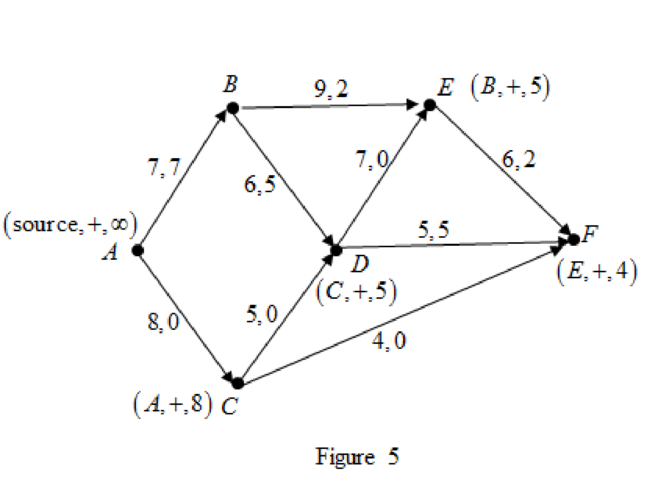
Increase the flow by

Increase the flow by
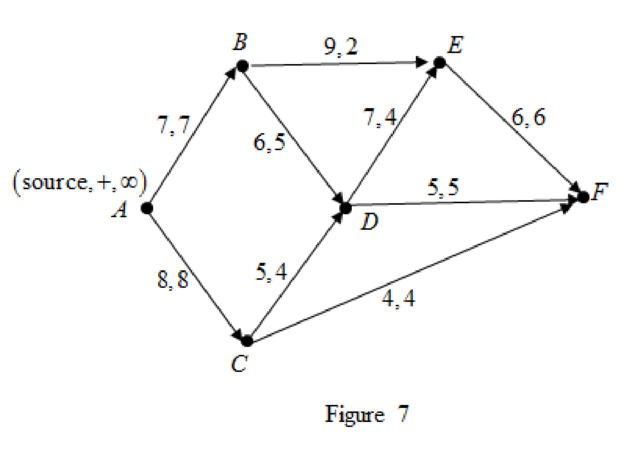
The labeled vertices are
Label the sets as
Therefore, the minimal cut for the given network is
Thus, the above flow shown in Figure 7 has maximal flow and minimal cut for the given network is
Want to see more full solutions like this?
Chapter 7 Solutions
Discrete Mathematics - Student Solutions Manual - Dossey - Paperback
 Discrete Mathematics and Its Applications ( 8th I...MathISBN:9781259676512Author:Kenneth H RosenPublisher:McGraw-Hill Education
Discrete Mathematics and Its Applications ( 8th I...MathISBN:9781259676512Author:Kenneth H RosenPublisher:McGraw-Hill Education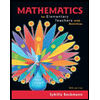 Mathematics for Elementary Teachers with Activiti...MathISBN:9780134392790Author:Beckmann, SybillaPublisher:PEARSON
Mathematics for Elementary Teachers with Activiti...MathISBN:9780134392790Author:Beckmann, SybillaPublisher:PEARSON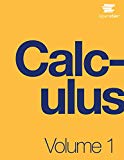
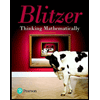 Thinking Mathematically (7th Edition)MathISBN:9780134683713Author:Robert F. BlitzerPublisher:PEARSON
Thinking Mathematically (7th Edition)MathISBN:9780134683713Author:Robert F. BlitzerPublisher:PEARSON Discrete Mathematics With ApplicationsMathISBN:9781337694193Author:EPP, Susanna S.Publisher:Cengage Learning,
Discrete Mathematics With ApplicationsMathISBN:9781337694193Author:EPP, Susanna S.Publisher:Cengage Learning,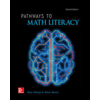 Pathways To Math Literacy (looseleaf)MathISBN:9781259985607Author:David Sobecki Professor, Brian A. MercerPublisher:McGraw-Hill Education
Pathways To Math Literacy (looseleaf)MathISBN:9781259985607Author:David Sobecki Professor, Brian A. MercerPublisher:McGraw-Hill Education





